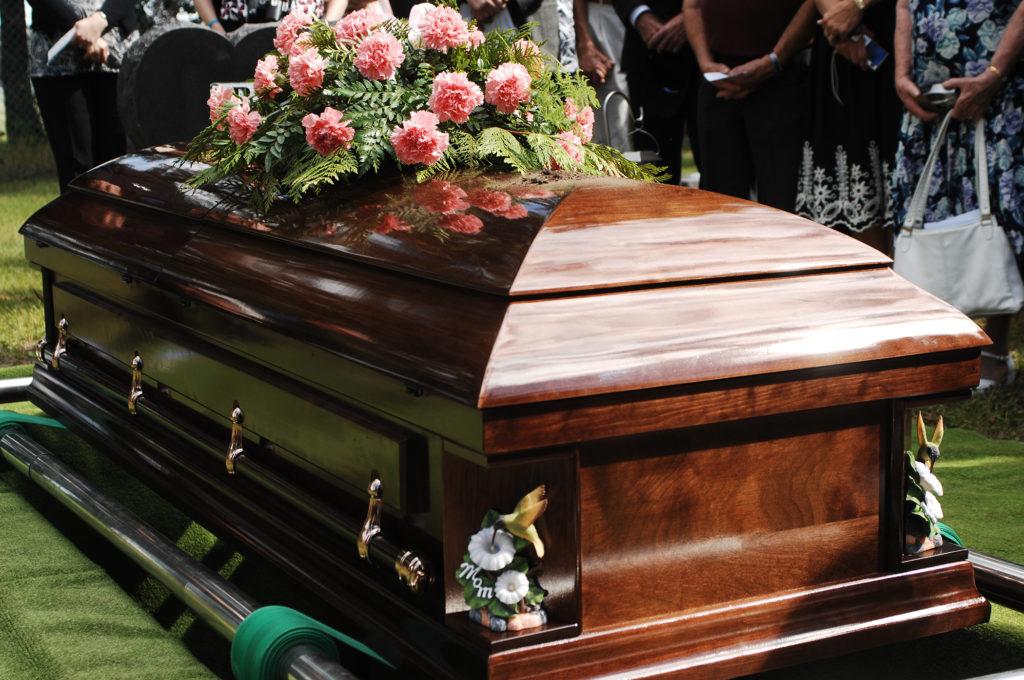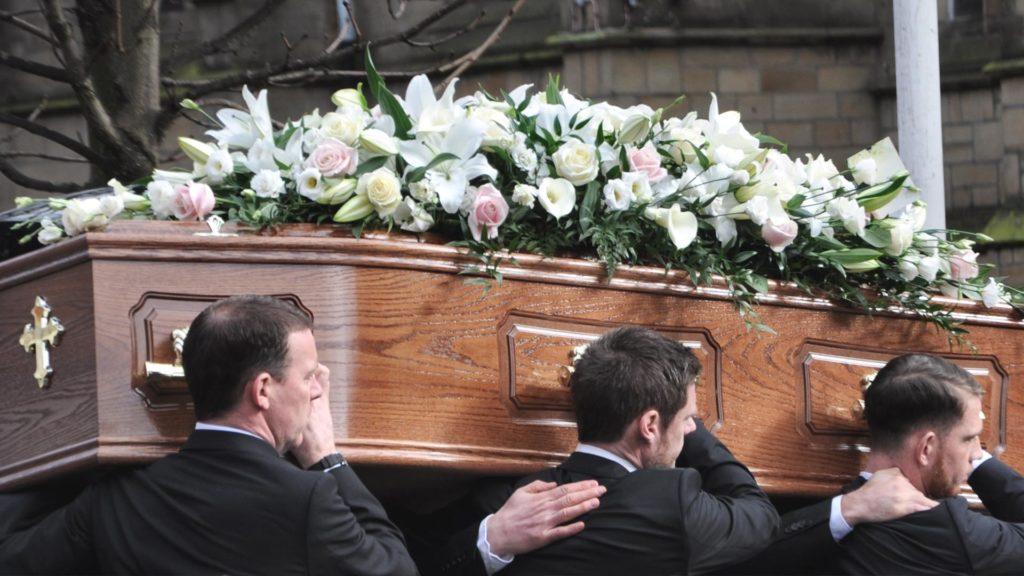Cremation Services
Honour the life of a loved one
It is pragmatic to think about end-of-life services before you die or a loved one passes away. Here we aim to provide sufficient information to enable you to decide which type of service to go for, answering frequently asked questions.
Following a death, the two primary services to say goodbye to the deceased and dispose of the body are burial and cremation.
What follows are details on the latter and it differs from the former.

What should Cremation cost
Cremation is frequently chosen over burial services, often because of the cost.
The figures for average funeral prices that follows was obtained from the UK’s Money Advice Service, which can be accessed from the following link.
A direct cremation includes the collection of the deceased, a simple coffin, and the return of the ashes. Most families prefer to employ a funeral director who arranges a service.
It is an event that gives loved ones a chance to congregate and remember the deceased, allowing them to grieve together.
A cremation using a funeral director includes both the collection and care of the deceased, the coffin, a hearse, managing of a simple service, cremation fees, and a fee for cremation certificate from a doctor.
There is more to think about than what has been listed above.
- There is a notice to alert locals and others that a funeral is to take place.
- You might want to order flowers, arrange catering and, at a later stage, decide on a headstone or plaque.
- More expensive options don’t necessarily make for a better funeral.
- Words and music, for example, can be more meaningful than an expensive coffin or a funeral car.
What does a cremation service consist of?
Firstly, prior to a cremation service, loved ones will have the option to be collected from the family home by a hearse – and any other funeral cars – before being transported to the crematorium.
- Once there, the chosen pallbearers will lift the coffin and carry it inside.
- The family’s members follow, and then take a seat at the front.
- Other attendees fill the remaining seats or, in some cases if there is a high turnout, stand at the back.
The service can be comprised of speeches, prayers (if appropriate), readings (such as poems), eulogies and music.
The precise order of service, and what it includes, is agreed beforehand between a funeral director, the family and close friends.
At the end, the coffin is taken from the room.
The culmination of a service is often indicated by curtains, through which the coffin has passed through, closing.

How long is a ceremony?
A cremation ceremony is usually brief.
Its length is determined not by attendees or funeral directors, but is down to how much time the crematoria makes available in its timetable.
They can be busy; there is usually a long list of services every day. Regardless of what is, or is not, included in a ceremony, the time allowed may up to half an hour.
A crematoria is often sympathetic to attendees, and permits them to have an extended time slot if it can be accommodated.
However, that cannot always be guaranteed. As a result, many people like to arrange for cremation attendees to gather at a separate location to continue their remembrance.
Is the deceased clothed and how is their body prepared?
This is where a cremation service curated by a funeral director differs from a direct cremation.
With the latter, the deceased’s body is cremated wearing the clothes they passed away in.
However, with a funeral director, those organising the funeral can choose whether to have a viewing or open-coffin funeral, or to have a closed coffin.
In the case of the former, the family will be asked if there is a specific outfit they would like their loved one to be dressed in.
This will usually be selected from the garments they owned.
Cremation clothes are different from burial clothes because certain items, such as jewellery or leather, cannot be cremated to comply with safety and environmental guidelines.
If a family opts for an open coffin, a funeral director will recommend the deceased to be embalmed.
People can look different after death, and this process can help restore the deceased’s appearance.
Done well, it can give the impression of peaceful sleep and wellness – something that can be of comfort for grieving families.
Embalming temporarily delays the initial stages of decomposition.
It involves draining body fluids before replacing them with a mixture of preserving chemicals.
When did cremation become a popular choice?
Historically, cremation was forbidden by law in many European countries.
However, in the 1900s, it gained varying degrees of acceptance in most Christian denominations.
It then began to trend among the educated and wealthy during the 1920s.
Regulations for cremation arrived in the following decade and are still in use today.
Despite that, they didn’t become popular until the 1950s and 1960s.
A big spike in cremations happened in 1963 when the Pope lifted a ban on Roman Catholics seeking them.
And as the decade progressed, cremation became more common than burial in several countries where the former had traditionally been preferred.
Your funeral your way
We are a rich and diverse community and Middleton’s Funeral Services offer funerals for all, regardless of religion or belief. Whether you would like a full religious service or a non-religious celebration of life, whether you would like a woodland burial or a simple funeral – it’s your funeral your way.
Our services include:
- Burials/cremation arrangements
- Chapel of rest
- Funeral cars
- Embalming
- Repatriation service
- Green funerals
- Funeral flowers
- Crematoria and cemeteries booking
- Funeral financial plans
- Non-religious funerals
